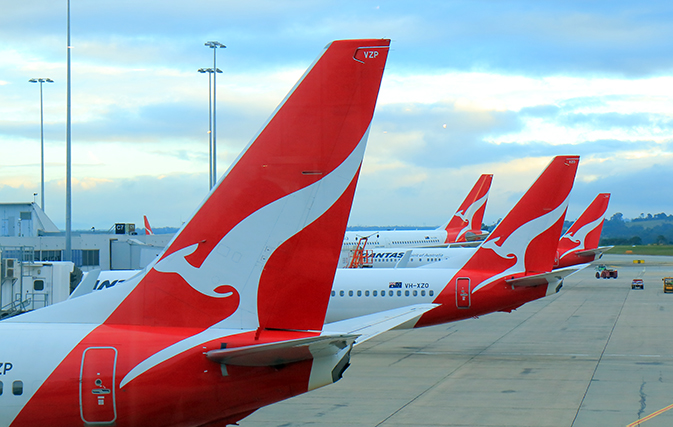CALGARY — WestJet is expanding its codeshare relationship with Qantas by putting its WS code and flight numbers on Qantas-operated flights between L.A. and Sydney, Melbourne and Brisbane.
“Canada’s favourite airline, WestJet, welcomes this deepened relationship with Qantas,” says Brian Znotins, WestJet Vice-President, Network Planning and Alliances. “Expanding our partnership with Qantas provides our guests greater global travel options and aligns with the new premium products and services WestJet is developing as we continue our evolution to a global network airline.”
Itineraries connecting the growing WestJet network to these Australian destinations are now available for purchase on all WestJet sales channels for flights starting Dec. 6, 2018.
“The expansion of our codeshare relationship with WestJet will give Canadian travellers more options to visit Australia than ever before,” says Stephen Thompson, Senior Executive Vice-President, The Americas, Qantas. “We offer more nonstop flights between North America and Australia than any other airline and have Australia’s largest domestic network with connecting services to more than 60 destinations across Australia and New Zealand.”
WestJet and Qantas have been codeshare partners since 2014 and the airlines have offered Qantas Frequent Flyer and WestJet Rewards members the ability to earn and redeem loyalty rewards since 2017. Passengers will also continue to get one-stop check-in and baggage transfers to their final destination.
WestJet operates flights from Vancouver, Calgary, Edmonton and Toronto to L.A. The WS code will be added on Qantas’ daily flights between Los Angeles and Sydney, Melbourne and Brisbane and its seasonal service between Vancouver and Sydney.
In other WestJet news, the airline provided its 2019 to 2022 targets at its Investor Day held in Toronto this week.
WestJet says it expects to expand its margins in 2019 “through a combination of improved revenue performance, a continued focus on cost control and a prudent approach to capacity management”.
For the full year of 2019, RASM is expected to be in the range of up 2% to 4% year over year. The increase will be driven by solid demand and strength in the core WestJet business, the roll-out of branded fares across all WestJet operated routes, the increase in WestJet’s first bag fee, Swoop ancillary per traveller increasing to $40, and the introduction of premium and business cabins on the Boeing 787 Dreamliner, offset by capacity increases in Swoop which have a dilutive effect on overall RASM performance, says the carrier.
WestJet continues to expect system-wide capacity growth in 2019 of between 6.5% and 8.5% and domestic capacity growth of between 1% and 3%. Growth in 2019 is attributed to the launch of transatlantic service on the airline’s new Boeing 787 Dreamliner and the incremental capacity associated with Swoop increasing to 10 aircraft.
For the full-year 2019, capital expenditures are expected to be between $1 billion and $1.2 billion driven by deposits and acquisition of Boeing 737 MAX and 787 Dreamliner aircraft.
WestJet adds that building off of a “challenging” base year in 2018, the airline is expecting improved earnings per share performance with a compound annual growth rate (CAGR) of greater than 40% from 2018 to 2022 along with an improving annual return on invested capital that is expected to return to double-digits in 2020 and reach 13% in 2022.

